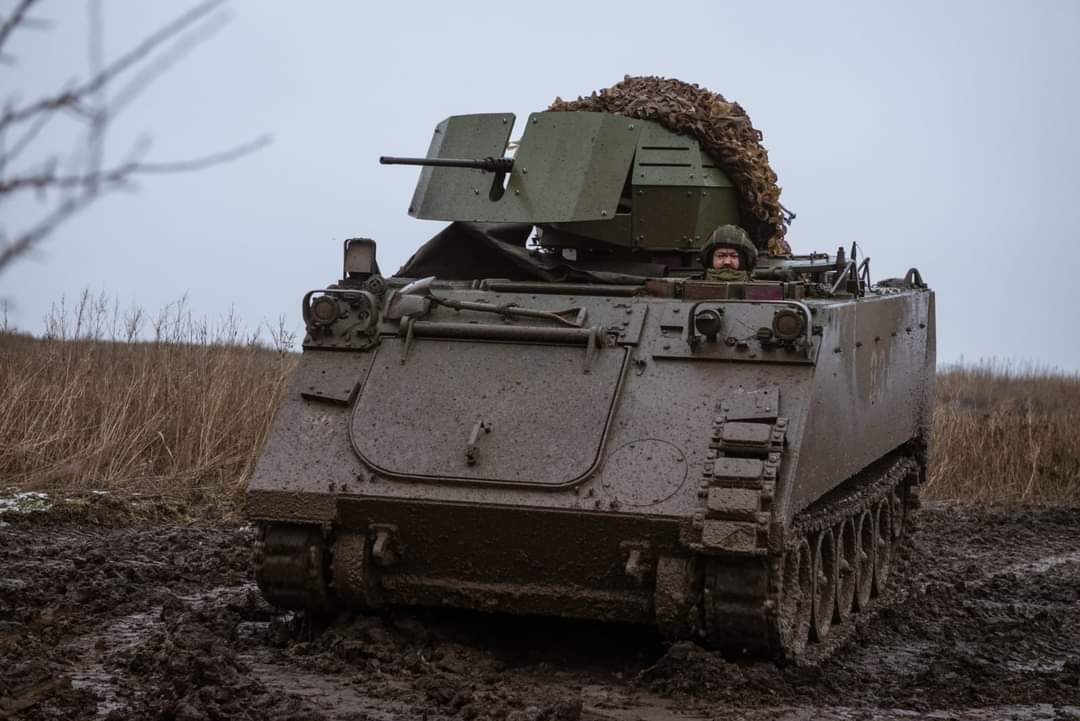After the start of the large-scale Russian invasion, Ukraine received hundreds of M113 tracked armored personnel carriers.
These armored vehicles come from different countries that provide military assistance to Ukraine. In addition, Ukraine buys these vehicles by itself.
M113 APCs, in various modifications, are in service with various units of the Defense Forces and are directly engaged in hostilities.
The condition of the transferred vehicles was different, but the crews were able to independently restore the combat capability of the vehicles that needed it.
M113 APC
In World War II combat experience, the U.S. military began searching for a new armored vehicle to transport and protect personnel on the battlefield. The new APC was supposed to have better maneuverability than previous models, move faster across various terrains, offer improved armor protection, and remain transportable, even by aircraft.
As a result of the search for new approaches and testing of various prototypes, in 1960 the U.S. Army adopted a M113 tracked armored personnel carrier with the ability to independently overcome water obstacles. Currently, the main task of the armored personnel carrier is to transport the military into an active combat zone.
The M113 became the most massive APC in history: 80,000 vehicles were produced during mass production. For a long time, the M113 remained the main armored personnel carrier of the American army. The vehicle was delivered to dozens of countries in significant quantities. It was also licensed for production abroad in various versions. Since 2022, it has been in service with the Defense Forces of Ukraine.
The M113 has a standard front-engine layout with the engine compartment in the right frontal part, the transmission compartment in the frontal part, the driving compartment in the left frontal part, and the combined combat and squad compartment in the aft part of the vehicle.
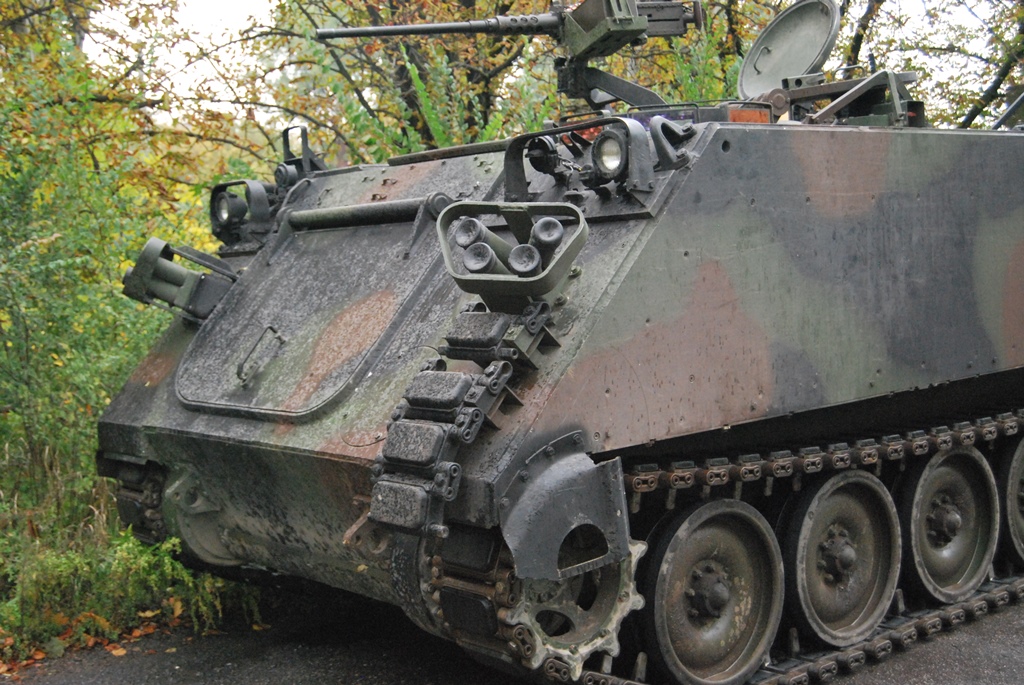
The armor hull of the M113 has a box design of welded armor plates made of aluminum alloy, the use of which was a novelty at that time. The crew of the APC consists of two people: the driver and the commander. The vehicle is capable of carrying a squad compartment of up to 11 soldiers and can also serve as a base for several dozen specialized vehicles.
Despite the aluminum hull, the APC frontal part in the basic configuration within the safe maneuvering angle provides protection from 12.7mm armor-piercing bullets from a distance of 200 meters and circular protection from 7.62mm caliber bullets. The weight of the car ranges from 11 to 14 tons, depending on the modifications and protection level. The M113 is equipped with a 10.6 litre diesel six-cylinder engine, and the gearbox has six forward gears and two reverse gears. Maximum speed – 65 km/h.

In the initial configuration, the M113 was armed with a 12.7mm machine gun and equipped with a gasoline engine, which was replaced by a diesel one. During serial production, the APC was modernized several times and produced in different versions.
After the Vietnam War, a substantial number of M113s were left by the Americans, and they continue to be operational, underscoring the vehicles’ ease of maintenance. The Taliban in Afghanistan is also putting these armored personnel carriers back into service.
M113 in Ukraine
With the beginning of the Russian large-scale invasion, Western countries began to increase military assistance to Ukraine. In particular, due to the supply of a variety of armored vehicles.
Already in April 2022, the United States reported that it was preparing M113 armored personnel carriers for transfer to Ukraine. American vehicles were inspected and maintained before shipment.
Subsequently, the U.S. Department of Defense published a photo of how the equipment is loaded for transportation. Among the M113 armored personnel carriers were vehicles in the ambulance version.
In April of the same year, it became known that the Danish government also intended to transfer M113 armored personnel carriers to Ukraine. It is worth noting that back in 2020, the Danish Defence Acquisition and Logistics Organization announced plans to dispose of APCs, which were planned to be completely withdrawn from combat in 2023.

It is known that the fleet of Danish M113 at different times consisted of up to 700 vehicles. Some of them went through several stages of modernization in the 1990s and 2010s. They got the designations M113G3DK and M113G4DK.
Armored personnel carriers received a more powerful 10.6-liter turbocharged diesel engine with a capacity of 300 hp. It meets the requirements of EURO2 and can be replaced in the field conditions within an hour. The M113G3DK was equipped with external fuel tanks and more modern tracks, and the heater was also replaced. After that, the weight of the vehicle increased to 15 tons. The APC also received a new, improved control and braking system. The hull of 70 vehicles was lengthened by 66 cm, and one additional roller was added.
In July 2022, a video of the Ukrainian military moving on a Danish M113G4DK armored personnel carrier was published on social media. The APC was fitted with a Browning M2 12.7mm heavy machine gun.
In early May 2022, it became known that the Netherlands was considering increasing the supply of heavy weapons to Ukraine.
Such a statement was released after the conversation between the then Prime Minister of this country, Mark Rutte, and Ukrainian President Volodymyr Zelensky.
Subsequently, in the same month, a video appeared with the Ukrainian military riding on Dutch YPR-765 armored personnel carriers, created on the basis of M113.
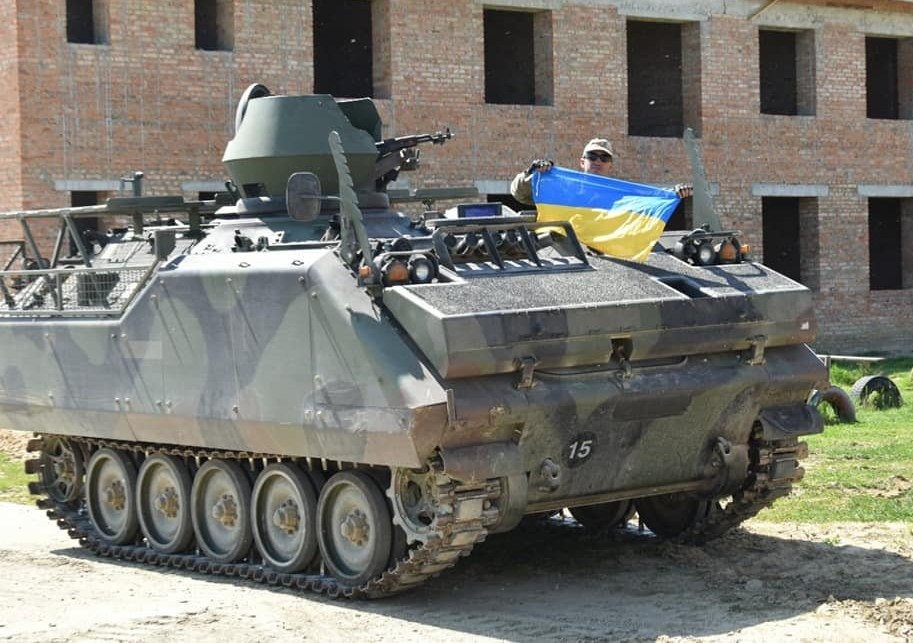
The General Staff of the Armed Forces of Ukraine showed how one of the units of the Ukrainian Ground Forces was practicing offensive skills with the involvement of the YPR-765 armored personnel carriers transferred by the Netherlands.
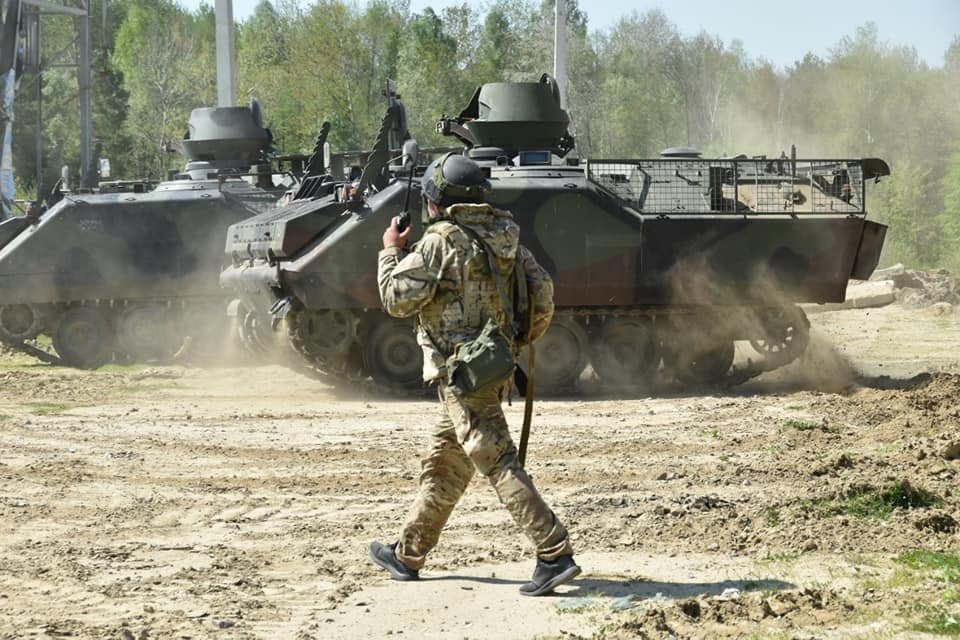
The YPR-765 (PRI) is an armored personnel carrier, armed with a 12.7mm heavy machine gun in its basic version. If necessary, a MK19 40mm automatic grenade launcher can be installed on the APC.

The vehicle is based on a modified version of the M113A1 tracked APC. The crew consists of three people. In addition, the vehicle accommodates up to 12 soldiers.

In 2012, the Dutch Armed Forces retired the YPR-765. At the beginning of 2022, up to 500 such armored vehicles could be in storage. Some of them were transferred to the Ukrainian Defense Forces as part of international military assistance.

M113 tracked armored personnel carriers were also transferred to Ukraine by Lithuania. These included both conventional variants and 120mm self-propelled mortars on the chassis of this APC called the Panzermörser, formerly in service with the German Army, and the M577 Command Post Carrier.

In addition, the Ukrainian military was trained in Lithuania to maintain the M113 APC.
The Panzermörser self-propelled mortar uses a 120mm Tampella mortar with a range of 6.5-7.2 km. Ammunition – 60 mortar rounds. The crew consists of 5 soldiers.

Lithuania received 42 such vehicles from Germany in 2005-2006. In 2013, the country’s Ministry of Defense awarded a contract worth €6.6 million to the Israeli company Elbit for the modernization of the Panzermörser fleet.

The vehicles received a new digital fire control system. Fire adjustment and observation instruments were also updated. In addition, mortar barrels were replaced during the modernization. The updated vehicles entered the Lithuanian army in 2015.
As for the M577 Command Post Carrier, Lithuania bought 168 such vehicles from the arsenal of the German army, spending €1.6 million on them in 2016. Command post carriers arrived in several batches over the next two years.
Within the framework of the defense support package from the UK, the Ukrainian Defense Forces received a significant batch of M113A1-B armored personnel carriers, which belonged to the Belgian company and were bought out for Ukraine.

The M113 armored personnel carriers, in various modifications, were also transferred to Ukraine by Spain, Portugal, Australia, and Belgium. In addition, Luxembourg and Germany participate in joint supply programs for these APCs.
Some of the standard army armored personnel carriers sent by Spain were converted into self-propelled mortars.

The Australian version of the M113 is a 2007 upgrade that bears the designation M113AS4. The APC has armor protection reinforced with ceramic slabs, which makes it possible to provide protection against heavy machine guns of caliber up to 14.5mm. The bottom of the vehicle protects the crew from mine explosions and improvised explosive devices. The weight of the vehicle increased to 18 tons.
The armored personnel carrier underwent armament modification. The M113AS4 now features a turret equipped with a Browning M2HB-QCB 12.7mm machine gun.

The APC has a MTU 6V199TE 355 hp engine and a new transmission. The hull of the vehicle became larger by 660 mm compared to the basic version. Therefore, another pair of track rollers was added to the M113AS4.
The APC was also upgraded for Ukrainian military needs. In particular, at least one vehicle received the Turkish Sarp Dual remote weapon station from ASELSAN. Weapons are used to counteract drones.
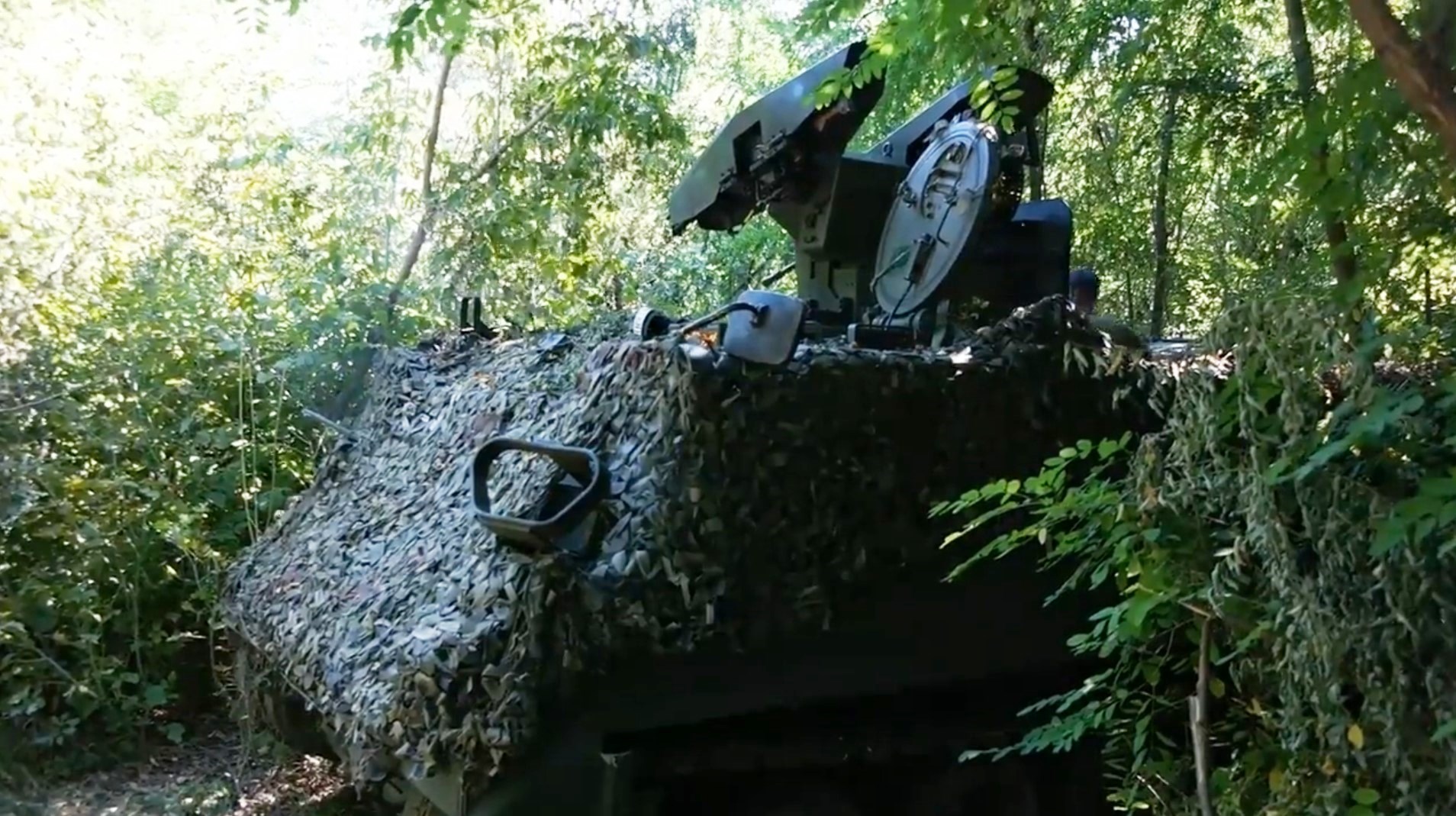
The ASELSAN RWS has two armament mounts, which can be a 7.62mm machine gun, a 12.7mm heavy machine gun, or a Mk19 grenade launcher.
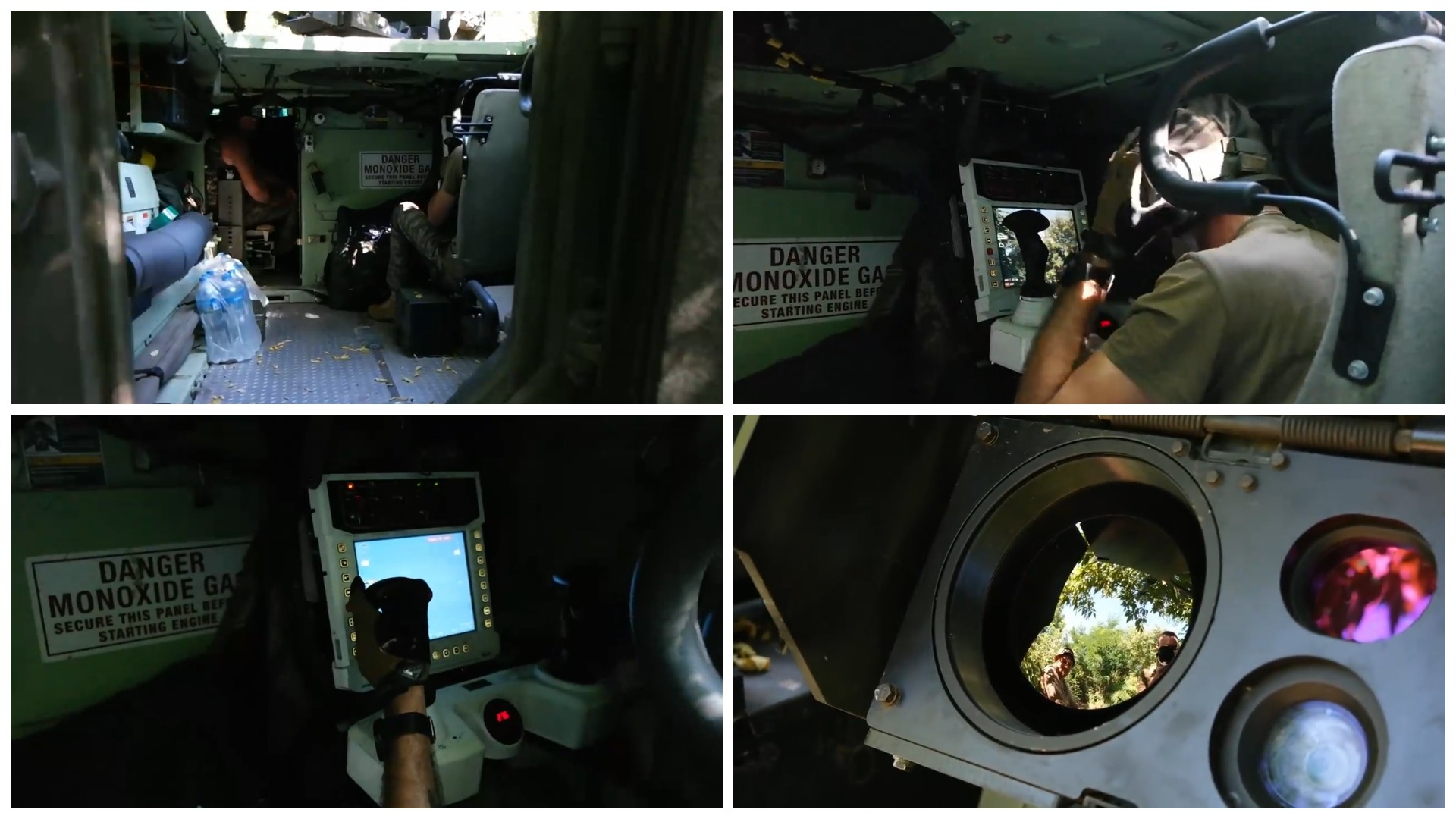
The M113 is introduced into service with the Defense Forces of Ukraine not only through individual countries but also through local initiatives, with Ukraine actively purchasing these armored personnel carriers.
For example, in September 2023, the Ministry of Energy, together with 23 enterprises of the Ukrainian fuel and energy industry, purchased M113 armored personnel carriers for the Ukrainian ‘Steel Border’ brigade from one of the European countries. The vehicles were in storage and were modernized before being sent to Ukraine.

Another example is the United24 initiative in December 2023, during which 27 tracked M113 APCs were transferred to the National Guard of Ukraine.
Assessment of the Ukrainian military
M113 tracked armored personnel carriers, transferred by allied forces, have proven to be reliable assets for the Ukrainian military. These protected and maneuverable vehicles actively contribute to daily front-line combat missions.
The military notes that this armored personnel carrier is easy to control and does not require long-term training. Due to its small size, the M113 easily maneuvers through rugged terrain. Despite its high maneuverability and sharp turns, the track remains secure and does not disengage, a contrast to the reported occurrences with Soviet-era BMPs, as noted by military sources.
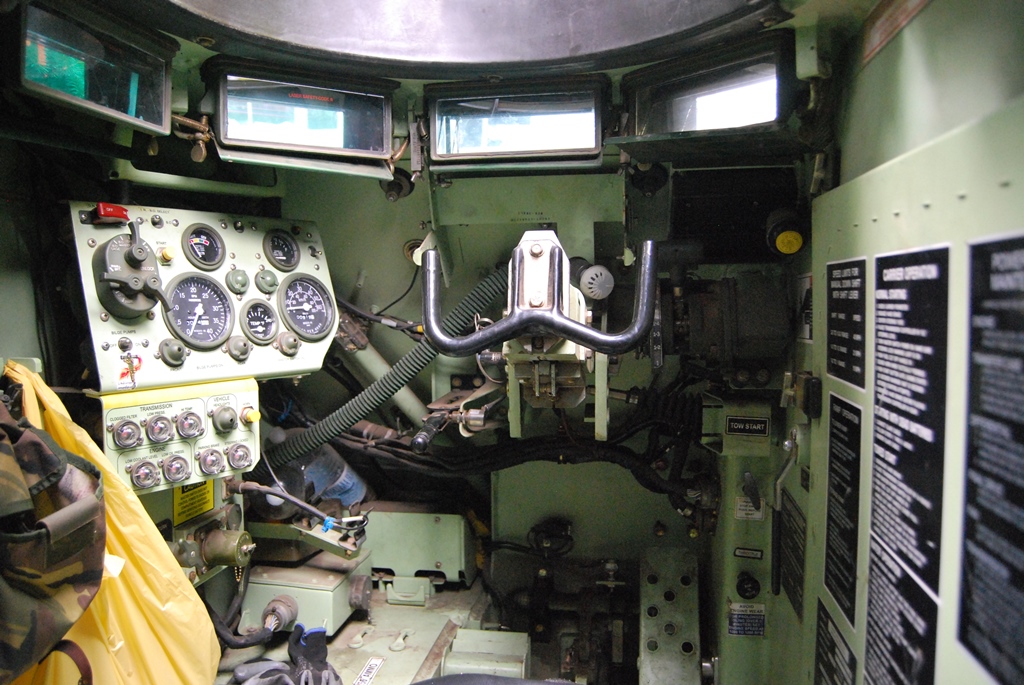
The APC effectively transports troops to designated locations, facilitates the evacuation of wounded personnel from the battlefield, and is renowned for its exceptional off-road capabilities.
And for the target effects, the American Browning 12.7mm heavy machine gun is mainly used. It is possible to use other weapons: automatic grenade launchers or machine guns of other models and calibers.
The commander of the armored vehicle repair platoon, Chief Sergeant Mykhailo, who restores military equipment at the field maintenance station, told ArmyInform about the operation and maintenance of the M113.
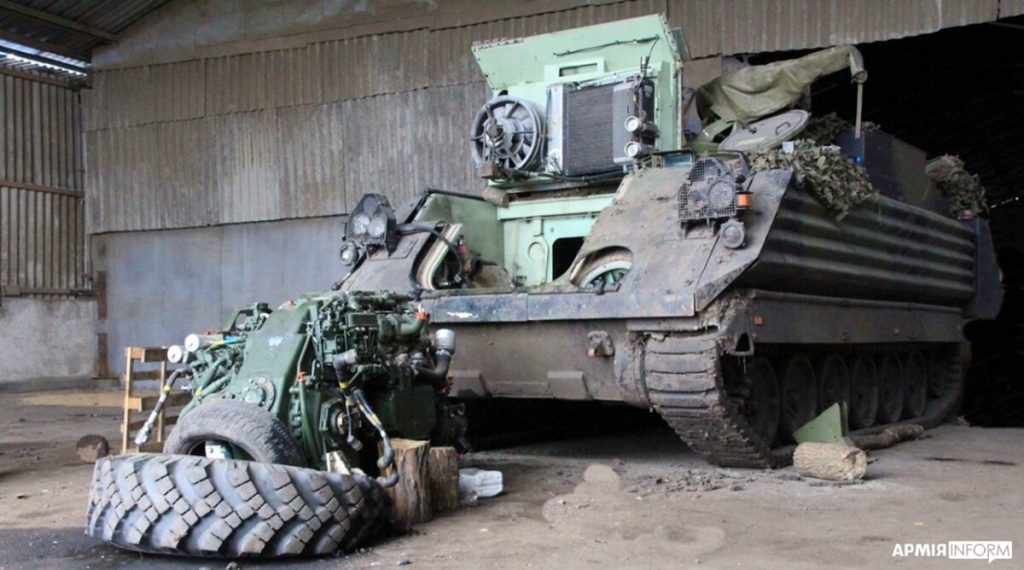
According to this army engineer, it is less common and easier to repair the M113 than Soviet IFVs or APCs.
The main structural advantages of the M113, as noted by the mechanic, are the accessibility of the units of the vehicles.

Chief Sergeant Mykhailo also commends the precise assembly of the vehicles, highlighting the absence of liquid leaks. Unlike Soviet armored vehicles, there are no issues with the formation of puddles of lubricant and fuel on the floor in the squad compartment.
Wrapping up, it should be noted that the Ukrainian military uses M113 APCs during assaults of the positions of the Russian invaders, evacuation of the wounded, and transportation of goods to provide units on the front lines. These armored personnel carriers were a good addition to the already existing Soviet models of armored vehicles in the Defense Forces of Ukraine.
SUPPORT MILITARNYI
Even a single donation or a $1 subscription will help us contnue working and developing. Fund independent military media and have access to credible information.


 Вероніка Грищенко
Вероніка Грищенко 
 Андрій Соколов
Андрій Соколов 
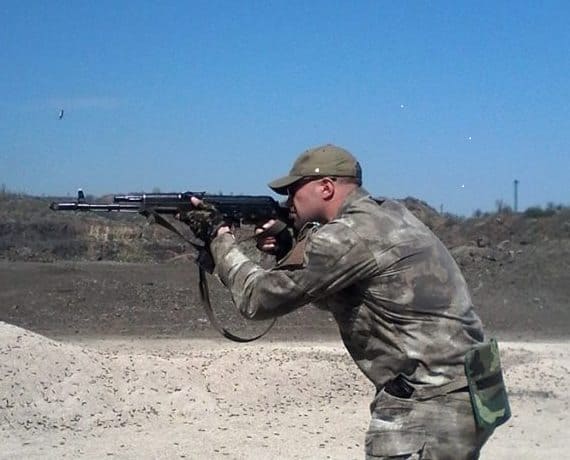 Urich
Urich 
 Андрій Харук
Андрій Харук 
 Контужений Безпілотник
Контужений Безпілотник 
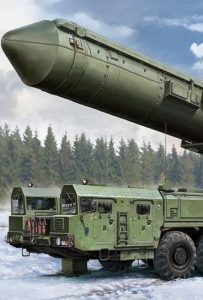
 Центр ініціатив ПЖ
Центр ініціатив ПЖ 
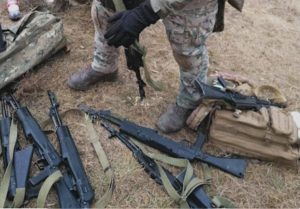


 Vadim Kushnikov
Vadim Kushnikov 
 Андрій Тарасенко
Андрій Тарасенко 
 Юрій Юзич
Юрій Юзич 